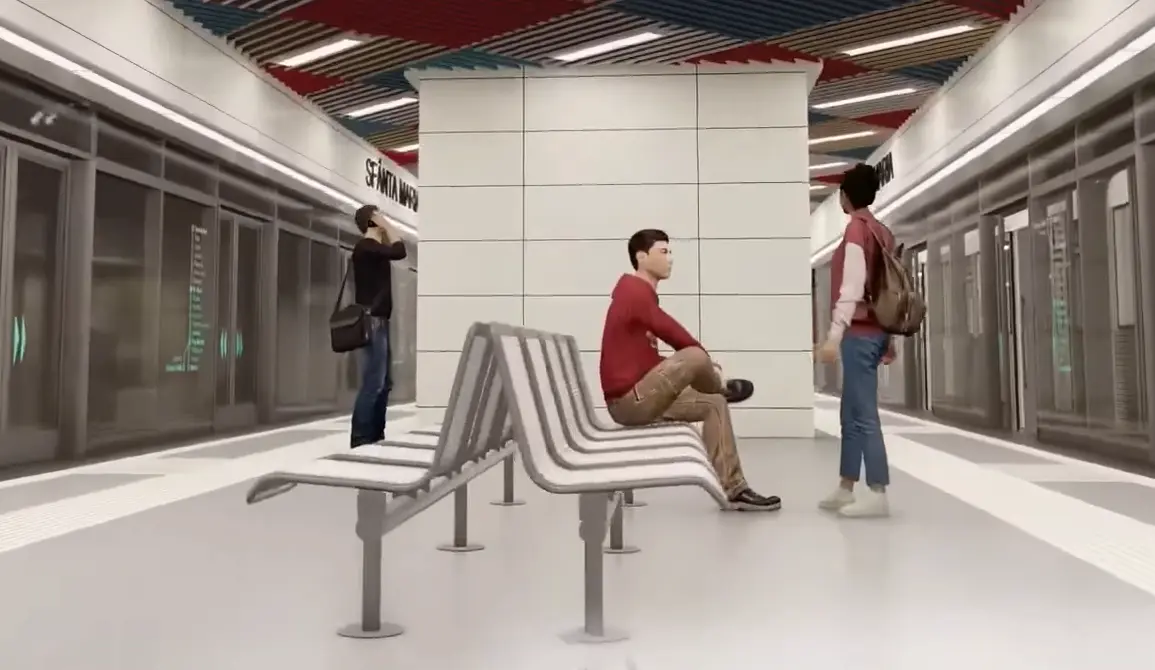VIDEO: Tens of thousands of Hungarians will get a new metro

Tens of thousands of Hungarians will be able to use a brand new metro line thanks to EU, government and local funds. The first phase will be ready by August 2026.
The new Kolozsvár metro under construction
According to iho.hu, Kolozsvár (Cluj Napoca, Romania) is to build a metro line. The first step on the road was a tender concerning a possible metro line’s development and the suburban railway system of the Transylvanian metropolis in 2018. The city council accepted the paper in 2020 and calculated costs worth EUR 2 billion in end-2021. That is more than HUF 750 billion.
The European Union’s recovery and resilience fund (RRF), the Romanian government and the local government signed the relevant financial contract in December 2022. According to a Romanian deputy prime minister, Sorin Mihai Grindeanu, the construction project will be the greatest in the last 30 years. The contractor is a consortium of the Turkish Gülermak, Alstom and Arcada.
They plan to build 19 stations, while the line will be 21.03 km long. The project’s first phase will concern a 7.5 km segment connecting the Monostor (Mănăștur) district with the VIVO! Cluj-Napoca mall, the Györgyfalvi district (Gheorgheni), the Szopori district (Sopor) and will reach the Europa Unită (European Union) station. This segment contains 10 stations. The rail track has to be finished until August 2026.
Majority of the new metro’s cost covered by the EU
The metro will cross Cluj Napoca in a West-East direction and will remain under the surface on the entire line.
The second phase will contain the construction of seven stations between Sfânta Maria station and Szászfenes’s (Florești) Țara Moților. Furthermore, they will build an offset to an industrial district in the Northeastern part of the city. That segment will only be finished by February 2031.
The entire project will cost EUR 2.6 billion, and 2/3rd of that money will come from the European Union’s RRF fund. That is the money pocket Hungary cannot access because of Brussels’ concerns regarding the rule of law situation. In Romania, there are no such concerns. As a result, they not only dream but can initiate such megaprojects using community financial sources.
In Hungary, similar projects exist only on paper yet. There are many examples, from the modernisation of Budapest’s Nyugati railway station, the construction of a superfast train line to the capital’s international airport to the renewal of the Csepel HÉV and its connection to the Gödöllő HÉV, creating the brand new M5 metro line in Budapest.
The capacity of the Kolozsvár metro line will be between 15,200 and 21,600 passengers per hour and direction. The trains will follow each other every 90 seconds. Kolozsvár is one of the Transylvanian Hungarians’ cultural, economic and education centres. There are thousands of university students, and the Hungarian population still reaches 45-50 thousand.
HERE is a video of the new metro.
Source: iho.hu







“Majority of the new metro’s cost covered by the EU” In other words, taxpayers – both other E.U. countries’ and Hungarian.